How to Help a Child with Dyslexia at Home
It is worth noting that watching our kids overcome new challenges, such as studies, is an incredible feeling. However, when a child struggles with dyslexia, the learning journey can easily become challenging if not handled accordingly. This is why you need to have effective ways on how to help a child with dyslexia at home.

Dyslexia is a maze that is often misunderstood by many. Keep in mind that dyslexia is not just a reading problem but actually a learning problem. As a neurological condition, its impacts go beyond reading; in fact, it makes it hard for people to recognize and decode words.
For example, a child with dyslexia finds it difficult to match letters with the sound of those letters. You see! Therefore, it's worth noting that people with dyslexia may have trouble with word recognition, spelling, math, and even decoding. This is the reality of children with dyslexia, even if they have normal or above-average intelligence and get good instruction.
And so, how do you help kids with this condition at home? Well, let's take a look:
6 Effective Ways to Help a Child with Dyslexia at Home
Due to personal connection with parents, guardians or caregivers, children with dyslexia tend to learn well at home. But this is possible only when ideal ways and tools are in play.
So, what are these ways and tools to help a child with dyslexia at home?
Here are some effective and practical solutions that you should adopt:
1. Read Together with Your Child
Creating a bond with your child helps them grow and learn better. So why not utilize this trick and start reading together to help make things easier for them?
Don't forget, reading with your child isn't just a cozy bedtime routine—it's a powerful way to support a child with dyslexia on their learning journey.

The act of reading together promotes closeness and bonding, says Newman. Picture this: as you snuggle up with a good book, you're not just decoding words on a page—you're building a sense of security in learning for your child. This security is like a warm blanket, comforting and reassuring, making the sometimes-daunting task of reading a little less intimidating.
What makes this way even better is that its advantages go beyond just reading at the moment. Reading together often creates a positive attitude toward learning.
As you explore stories together, your child absorbs words and the pure joy of exploration. It's a subtle nudge toward independent reading. They start associating reading with feeling good, which sets up a lifelong love affair with books. This experience can help improve your child's reading skills.
2. Nurturing Thinking Skills
Nurturing your child's thinking skills isn't just a fancy tip you should adopt. Instead, this tip is a transformative strategy that will help your child with dyslexia become not just a learner but an independent and active one.
But how do you make this work?
Here are simple ways to mature your child's thinking skills:
a) Foster curiosity
Encourage questions, which helps create curiosity because curiosity is the spark that ignites learning, and you need to create independent thinking and learning. Remember, when your child is curious, they actively immerse themselves in the subject matter. This step is simply about transforming the learning process into an adventure rather than a task.
b) Solve the problem or study the topic together
Now, with school assignments or reading, it's no longer just about getting through it. Dive into the problem or topic together with the kid. Talk. Ask questions. This isn't a one-way conversation; it's a dynamic exchange of thoughts.
Of course, this may seem a big ask for you as a busy parent. But the thing is, you don't have to be there all the time; all you need is to create curiosity, which will motivate them to want to do it on their own, which in turn builds independence. By doing so, you're addressing what needs to be done right now and building critical thinking skills.
c) Listen carefully
Listening becomes super powerful here. Your child may have unique perspectives or queries that, when heard, can open up new paths of understanding. By actively listening, you're not just giving answers but validating their thoughts and encouraging further exploration.
d) Share your points of view
This isn't about right or wrong; it's about showcasing how rich diverse perspectives can be. It's fun and enlightening quality time together. Not just what but why and how, too – all part of the concept journey!
3. Help Your Kid Engage with Reading
Transformative learning is built around engagement, and kids with dyslexia flourish on this. This is because it turns passive tasks into active exploration that empowers your child. But how can you achieve this?
Well, try utilizing these questions where appropriate:
a) Activate Prior Knowledge
"What do you already know?"prompts your child to connect newly learned information with what they already understand. This builds a bridge between existing knowledge and the material at hand, making it more accessible. It also allows you to know where they need further explanation.
b) Character Exploration
"Who are the main characters?"delves into the heart of the narrative. It encourages your child to form a relationship with the characters, making the story more engaging and memorable.
c) Critical Thinking
"What are the main ideas?" and "Can you divide it into parts?" prompt your child to analyze the structure of the text. Breaking down information into manageable chunks enhances comprehension and fosters critical thinking.
d) Personal Connection
"Have you read something like this before?"invites your child to draw on their past experiences with similar content. This personal connection not only aids understanding but also makes reading a more relatable and enjoyable experience.
e) Strategic Planning
"What's your plan for answering this question?"encourages your child to approach the material strategically. This skill is crucial for reading and problem-solving in various aspects of life.
f) Challenge Identification
"What are the hard parts?"acknowledges difficulties. By identifying challenging aspects, your child can approach them with a targeted strategy, turning obstacles into opportunities for growth.
In essence, you can see how this approach is quite straightforward and rewarding.
4. Have Your Child Teach It to You
Having your child teach it to you is not just a clever tip; it's a powerful strategy rooted in the ancient wisdom of Seneca and backed by modern studies. This strategy is very beneficial to your child in several ways, such as:
- Promotes active Learning Principles through engagement.
- It helps your child build confidence as it empowers your child by taking on the role of the teacher.
- It promotes better communication skills as it involves articulating ideas clearly. This not only reinforces their understanding but also hones their communication skills.
- Promotes tailored learning; for example, when your child teaches or explains something to you, they may identify gaps in their understanding.
The reason it's so great is that this strategy is a proven one - in fact, the Stanford University study underscores just how effective teaching can be as a learning tool. It's a process that deepens their understanding, instills confidence, and fosters crucial skills.
5. Breakdown of Learning Material or Topic
This is another game-changing approach simply because breaking material down into small manageable chunks helps a lot when it comes to supporting a child with dyslexia.
But how and why is this strategy so effective?
Well, here are the reasons why:
- Manageable Portions: For dyslexic kids, a big task or large blocks of information can be intimidating. Breaking assignments into consumable morsels makes it less scary, like dissecting an enormous puzzle.
- Visual Organization: By drawing circles around groups or questions, you give yourself a visual cheat sheet of what's most important and how the task is structured so you can plan your attack.
- Routine Addiction (Daily Progress): Doing a little bit every day takes the stress out of time-sensitive tasks (no more cramming on Thursday nights!) and comes with its own memory benefits, like consistent, spaced learning, which is beneficial for memory retention.
- Reduces Cognitive Load: Dyslexia often goes hand in hand with working memory challenges; dividing material up reduces cognitive overload by offering smaller chunks that don't overload working memory's banks.
- Encourages Time Management: When something has to get done by Friday—like memorizing spelling words or getting comfortable with a timetable—breaking the material down helps figure out how much time to dedicate each day.
- Builds Confidence: Every chunk completed is another mini-win—and that winning streak boosts confidence and motivation in any kid who might think they're bad at this stuff (but aren't!).
6. Give Appropriate Praise
Giving appropriate praise like 'Kiddo, I like that you're really doing great' – is a subtle but powerful approach primarily when helping a child with dyslexia.
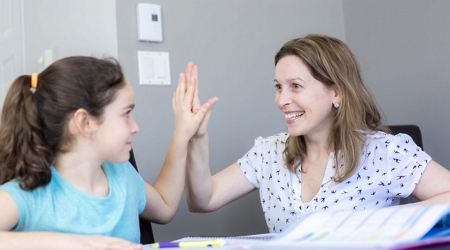
Here's why this approach or strategy is so essential and effective:
- Acknowledges their Effort: The fact is children with dyslexia often put in more effort than their peers when it comes to learning certain things. Therefore, acknowledging and praising their effort helps create a positive attitude towards hard work and resilience.
- It Puts Emphasis on The Positives: Dyslexia can be pretty challenging, but giving appropriate praise helps people think about the positive aspects of it. By celebrating any progress - big or small - you create a positive atmosphere for learning and foster a "can do" attitude.
- Highlights The Progress: Learning with dyslexia is usually about making slow, incremental steps forward. Praising these small wins reinforces progress; it shows that people appreciate improvement, even slow ones.
- Boosting Confidence: Self-belief is key to success; praise for effort will help boost confidence levels in individuals who are praised like this, potentially encouraging them to participate more fully in learning activities.
- Boosting Confidence: Self-belief is key to success; praise for effort will help boost confidence levels in individuals who are praised like this, potentially encouraging them to participate more fully in learning activities.
- Motivation Towards Goals: Whether it's hitting a target or working through something that has posed a bit of a problem, suitable praise acts as motivation – highlighting achievement provides momentum to tackle the next step/hurdle.
Final Thoughts
Assisting a child with dyslexia at home is an engaging process that will consume most of your time. It is a whole philosophy of empowerment. That is why reading together forges bonds and a love of learning, nurturing thinking skills turns learning into an interactive exploration and getting your child to teach reinforces understanding and builds confidence.

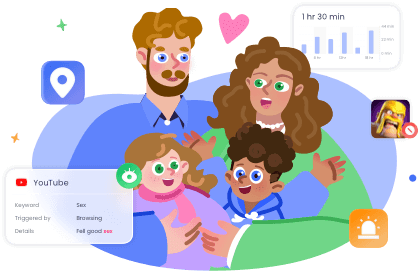
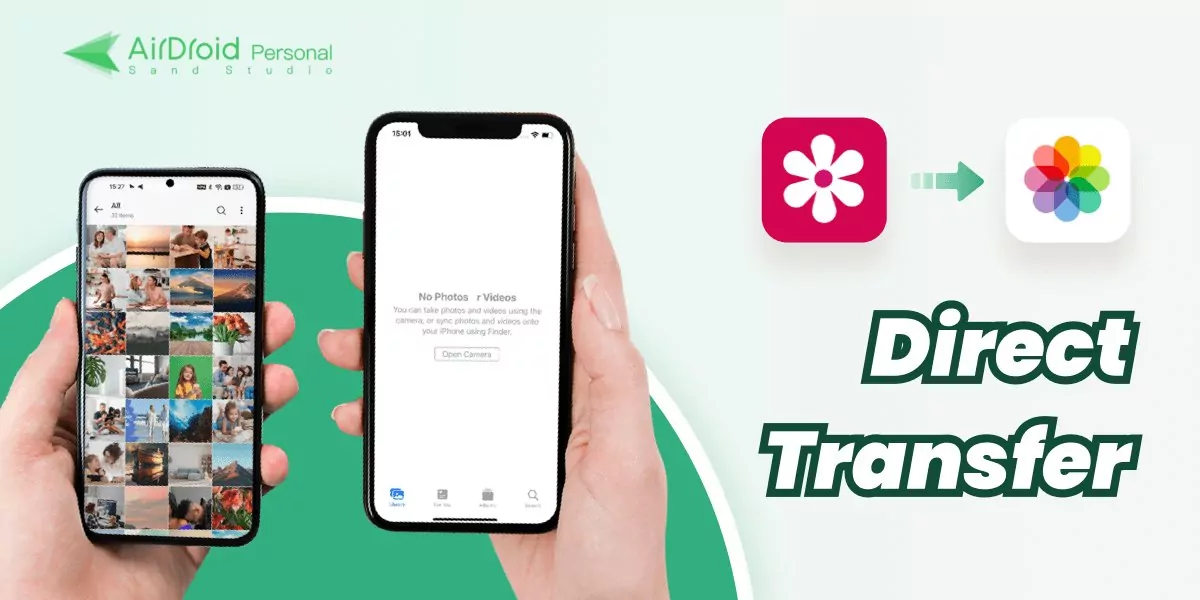



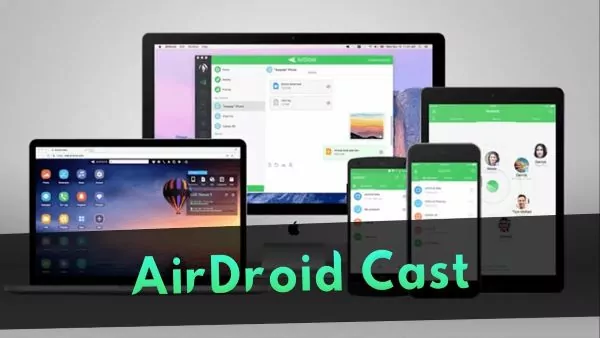
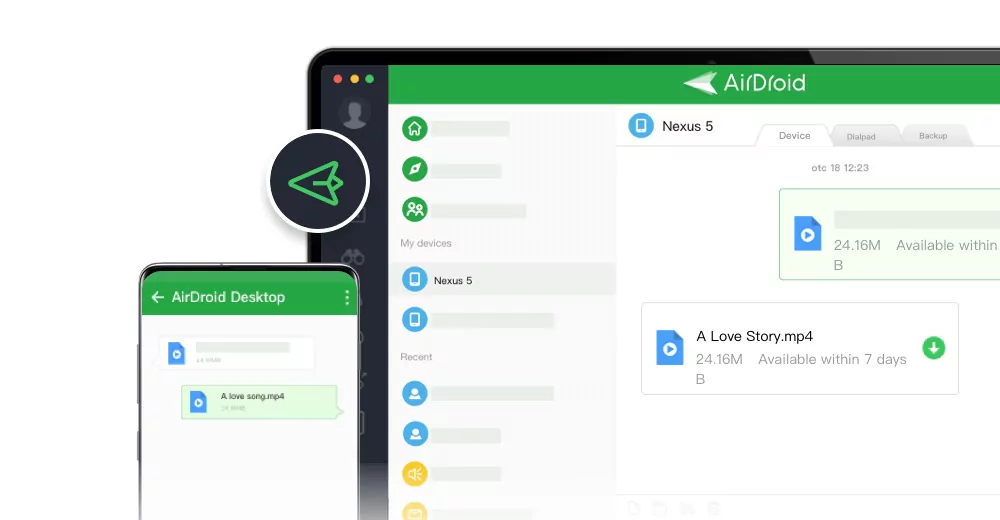



Leave a Reply.